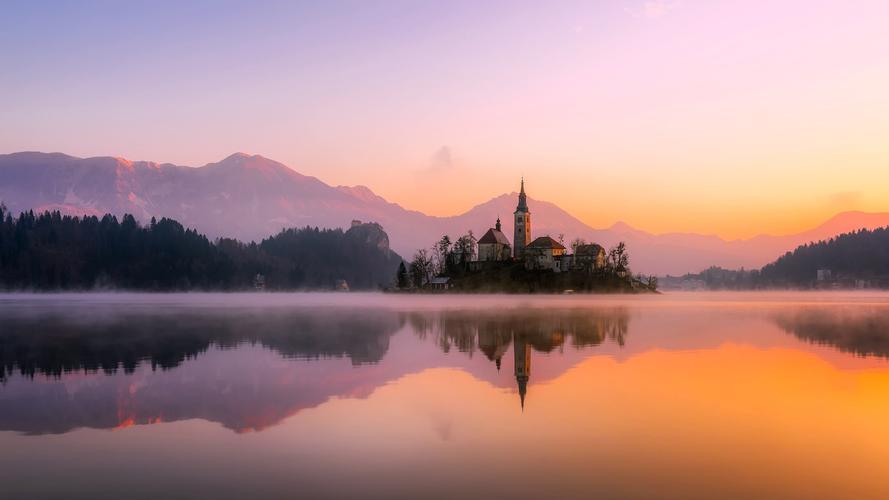Exploring the Evolution of Indian Cultural Identity through History
India is known for its diverse and rich culture, which has evolved over thousands of years. The roots of Indian culture can be traced back to the Indus Valley Civilization, which existed around 2600 BCE. Over time, India saw the rise and fall of various kingdoms, dynasties, and empires, each of which contributed to the evolution of Indian cultural identity. In this article, we will take a closer look at how Indian cultural identity has evolved through history.
The Vedic Period
The Vedic period, which lasted from around 1500 BCE to 500 BCE, is considered to be the foundation of Indian culture. During this period, the Vedas, a collection of texts that contain hymns, mantras, and rituals, were written. The Vedas were a way to preserve the knowledge and beliefs of the society and were passed down orally from generation to generation.
The Vedic period was also characterized by the caste system, which divided society into four main classes: Brahmins (priests and scholars), Kshatriyas (warriors and rulers), Vaishyas (merchants and traders), and Shudras (laborers and artisans). This system was based on the principle of karma, which held that a person’s actions in this life determined their status in the next.
The Maurya Empire
The Maurya Empire, which existed from around 322 BCE to 185 BCE, saw a significant shift in Indian cultural identity. The emperor Ashoka, who ruled from 268 BCE to 232 BCE, played a crucial role in promoting Buddhism and spreading the message of peace and nonviolence. Ashoka’s efforts led to the decline of the Vedic religion and the rise of Buddhism in India.
During the Maurya Empire, India also saw considerable progress in the fields of science, art, and literature. The Arthashastra, written by the scholar Chanakya, is a treatise on politics, economics, and warfare that provides valuable insights into the society of that time.
The Mughal Empire
The Mughal Empire, which existed from around 1526 CE to 1857 CE, was a period of cultural flowering in India. The Mughal emperors were patrons of the arts and literature and promoted a syncretic culture that blended Indian and Persian influences.
During the Mughal period, India saw the emergence of beautiful monuments such as the Taj Mahal, which is considered to be one of the seven wonders of the world. The Mughal emperors also patronized miniature painting and calligraphy, which are still celebrated forms of art in India.
The British Raj
The British Raj, which began with the arrival of the British East India Company in 1600 CE, had a significant impact on Indian cultural identity. The British introduced Western education and culture, which had a profound impact on Indian society.
During the British Raj, India saw the emergence of a new class of Indians who were educated in English and adopted Western values. This class played a crucial role in India’s struggle for independence and the creation of a new Indian cultural identity that was based on democracy, secularism, and inclusivity.
Conclusion
In conclusion, Indian cultural identity has evolved over thousands of years as a result of various social, religious, and political influences. From the Vedic period to the British Raj, each era has left its mark on Indian culture, and the result is a vibrant and diverse society that is proud of its heritage while embracing change and progress. As India continues to grow and evolve, its culture will undoubtedly continue to flourish and inspire people around the world.
(Note: Do you have knowledge or insights to share? Unlock new opportunities and expand your reach by joining our authors team. Click Registration to join us and share your expertise with our readers.)
